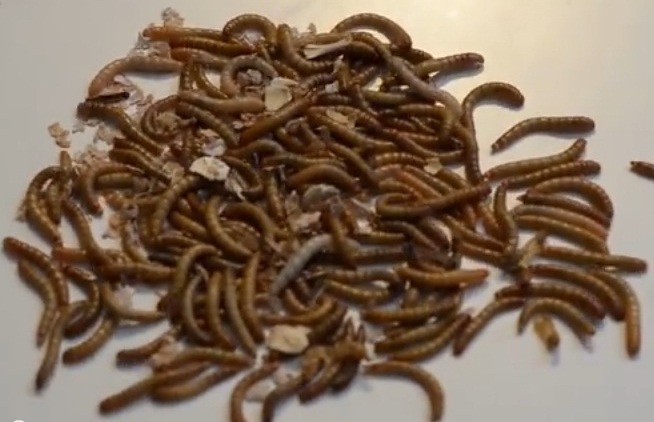A little known solution to the widespread plastic pollution problem may have been uncovered by scientists from Beihang University in Beijing and Stanford University in California.
A study published in the journal Environmental Science and Technology confirmed that plastic degradation by mealworms rested on their powerful gut bacteria.
Mealworms are larvae of the darkling beetle, and the scientists discovered that the tiny worms can eat their way through the polystyrene foam, often used as food and beverage container and long known to be non-biodegradable.
When eaten by mealworms, the plastic gets broken down into organic waste. Mealworms, the researchers found out, have powerful microorganisms in their digestive tracts that allow them to consume the polystyrene. Eating polystyrene had no ill effects on the mealworms.
Scientists, led by senior researcher Wei-Min Wu, cited that the study is still in the early phase. Nonetheless, they acknowledged that the finding draws attention to a possible remedy for the flagrant plastic pollution problem.
The research comes at a time when many companies continue to explore ways to address the ongoing problem of waste accumulation in landfills.
The Stanford researchers' supervisor, Dr. Craig Criddle, noted how significant the recent findings are in deciphering the future disposal of plastic foam. Plastic, as environmentally conscious people know, can contaminate water systems and harm marine life or other wildlife.
Looking at the mechanism by which hungry mealworms can consume plastic and further studies on the bacteria they harbor can aid scientists in developing synthetic enzymes that can break down polystyrene foam, The Huffington Post reported.
The creepy crawlers that munch on plastic were once regarded as pests by some people. On the other hand, mealworms are also eaten by various species, including humans.
Yet as one of the individuals involved in the research said, astounding scientific findings can come from the most bizarre places.



























